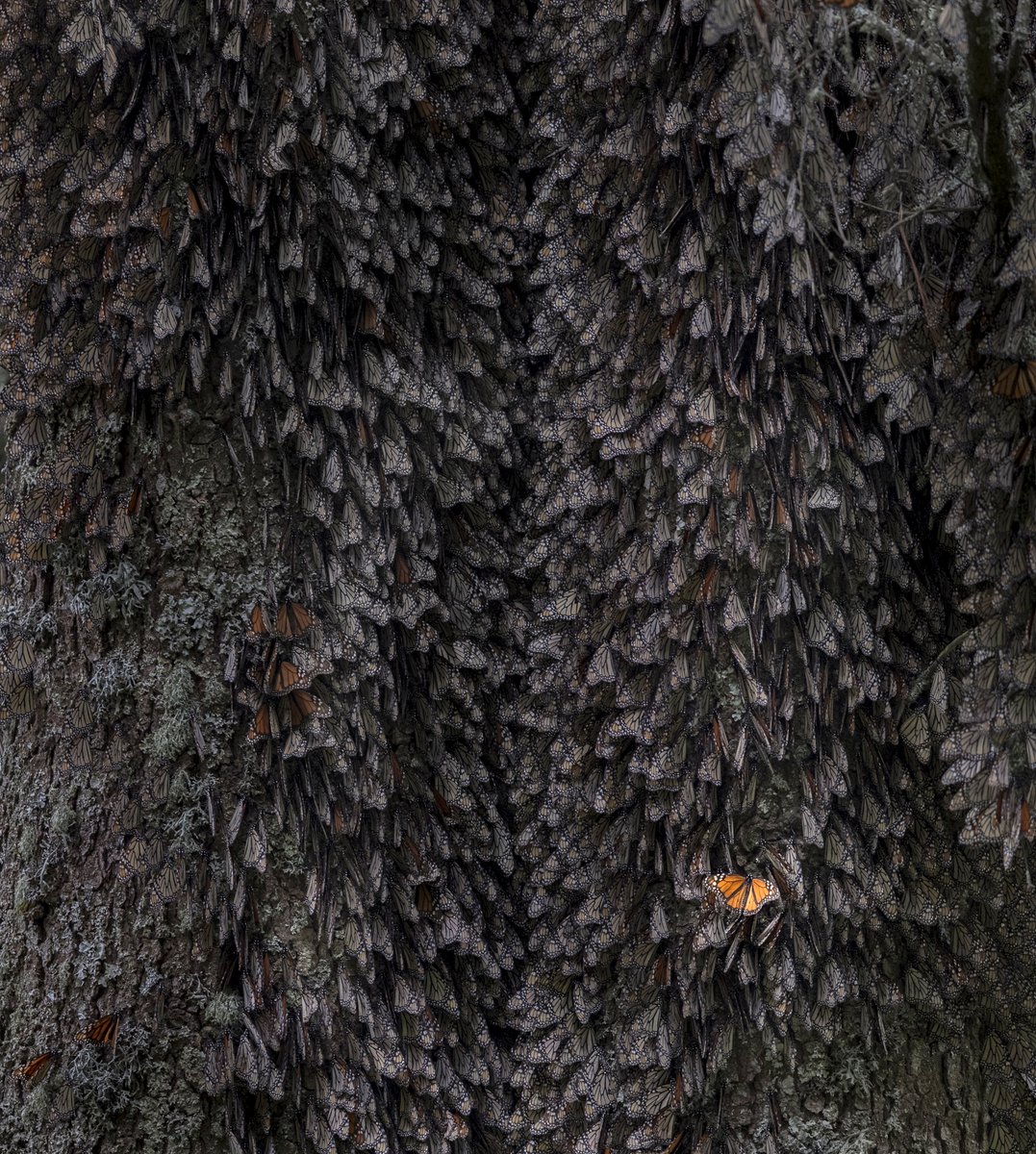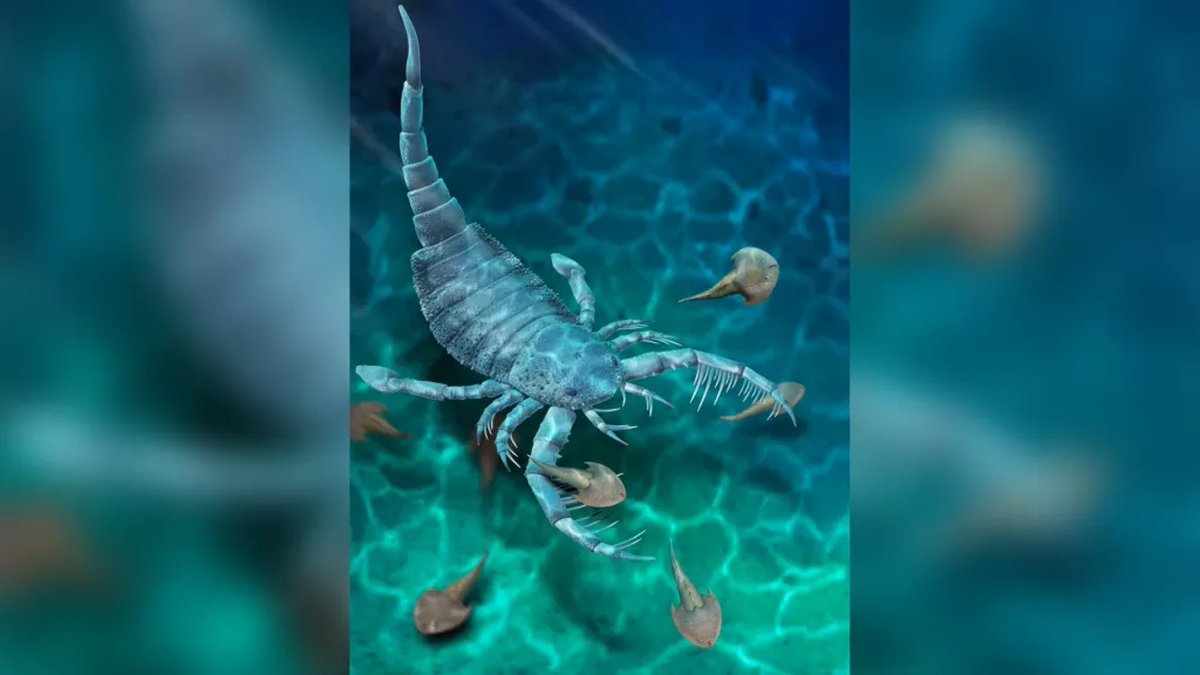
Every winter, #DelhiPollution spikes drastically, partly due to the stubble burning activities in neighbouring states.
Now, @NASA has captured satellite images depicting stubble plumes gushing towards #Delhi.
Read: weather.com/en-IN/india/po…
📸: Lauren Dauphin/NASA Earth Obsv.
Now, @NASA has captured satellite images depicting stubble plumes gushing towards #Delhi.
Read: weather.com/en-IN/india/po…
📸: Lauren Dauphin/NASA Earth Obsv.

#StubbleBurning is the process whereby farmers get rid of crop residues by torching them up, so as to create space for a fresh batch of crops. This annual activity leads to the exacerbation of recurring seasonal pollution.
📸: Piyal Bhattacharjee/TOI, BCCL, Delhi
📸: Piyal Bhattacharjee/TOI, BCCL, Delhi

The images captured by @NASA underline the magnitude of the #StubbleBurning problem by depicting a massive ‘river of smoke’ originating from fires in Punjab, Haryana and even north Pakistan, stretching towards Delhi.
📸: Lauren Dauphin/NASA Earth Obsv.
📸: Lauren Dauphin/NASA Earth Obsv.

The NASA update also pointed out that this year’s lingering monsoon spell curbed the spike in pollution levels during the start of November.
But since Nov 11, the fire activities gained pace, with VIIRS recording >74,000 fire hotspots in Punjab till Nov 16.
📸: Y Kumar/BCCL
But since Nov 11, the fire activities gained pace, with VIIRS recording >74,000 fire hotspots in Punjab till Nov 16.
📸: Y Kumar/BCCL

“Looking at the size of the plume on Nov 11 and the population density in this area, I would say that a conservative estimate is that at least 22 million people were affected by smoke on this one day,” said Pawan Gupta, a USRA scientist at NASA’s Marshall Space Flight Center.
The arrival of the winter months coincides with the stubble burning activity carried out by farmers in the neighbouring states. This adds up to the pollution woes of the land-locked capital region bordered by the Himalayan foothills to the east.
The pollutants get trapped in the atmosphere longer than usual due drop in mercury levels, lack of winds, etc.
This combined impact makes Delhi’s air quality hazardous for even healthy people, while severely affecting people with breathing conditions.
📸: S Kataria/BCCL
This combined impact makes Delhi’s air quality hazardous for even healthy people, while severely affecting people with breathing conditions.
📸: S Kataria/BCCL

• • •
Missing some Tweet in this thread? You can try to
force a refresh













